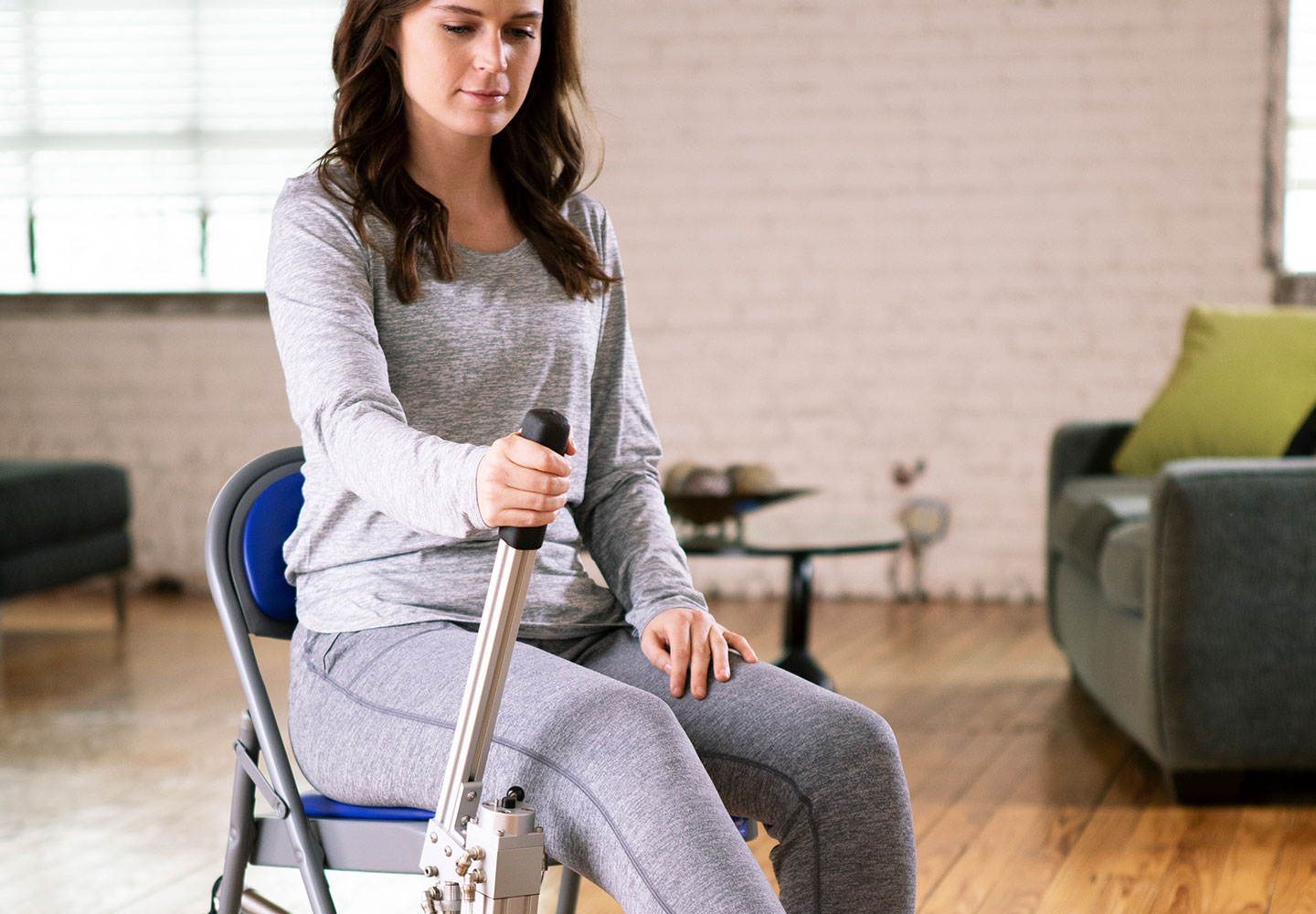
The doctor says, “Let’s try Adderall /Concerta / Vyvanse and see whether it helps.” The first dose is given Monday morning. The teen reports difficulty concentrating and paying attention.
The response to medication is taken to confirm the diagnosis. And most parents have no idea what their kids are doing in the bedroom between 10 PM and 6 AM. The only way to make the distinction is to know how much sleep the kid is getting. Both kids are having trouble focusing and concentrating both kids are drifting off in worlds of their own. If you just watch a kid in the classroom, as I have done on many occasions, there's no way you can distinguish a sleep-deprived teen from the teen with ADHD of the Inattentive type. The sleep-deprived teen is indistinguishable from the teen who truly has severe ADHD. Sleep deprivation is being mistaken for ADHD. But this problem is just as acute with girls as with boys. This problem is seen more often with high school kids than with younger kids, in part because parents insist on “lights out and devices off” for 9-year-olds earlier and more emphatically than for 16-year-olds. Girls are staying up past midnight texting and Tweeting, and Photoshopping their pics for their Flickr page. Boys are staying up past midnight firing photon torpedoes at the enemy. In 1979, the male-to-female ratio among those diagnosed was believed to be anywhere from 5:1 to 9:1. Even back then, physicians recognized that the American reaction was to label a student’s behavior as “ attention deficit” and treat with medication, while the British reaction was to label the same behavior as “conduct disorder” and tell the boy (it was nearly always a boy) to shape up or ship out. the review article by Gabrielle Weiss and Lily Hechtman in Science, September 28 1979). 
The American consensus in 1979 was that the figure, at least in our country, was closer to 1 in 100 (e.g. A British study from 1970 suggested that only 1 in 1,000 children had this condition. In that era, most experts agreed that ADHD was most common in early childhood, less common in adolescence, and rare in adults. When I first began studying what we now call ADHD, 35 years ago – back in 1978 – it was called “hyperkinetic reaction of childhood.” The name change from "hyperkinetic reaction of childhood" to ADD/ADHD came with the publication of DSM-III in 1980. And that peculiar something may be the key to a strategy which parents can use to turn this trend around.

But I noticed also something peculiar in the data, something which has so far escaped notice.






 0 kommentar(er)
0 kommentar(er)
